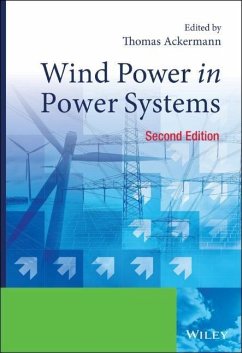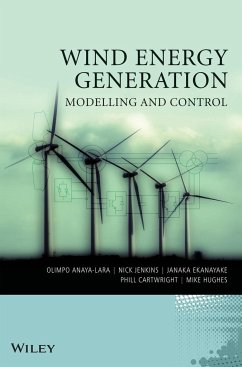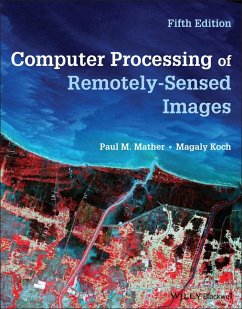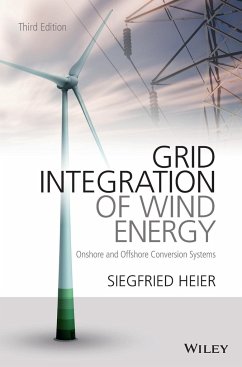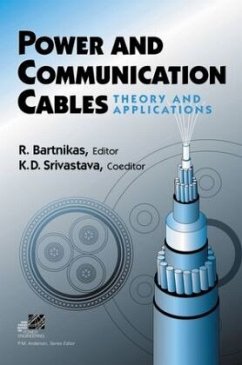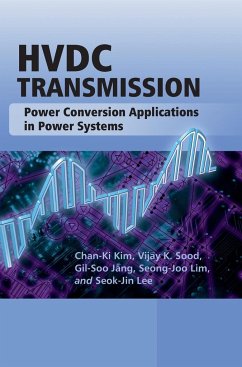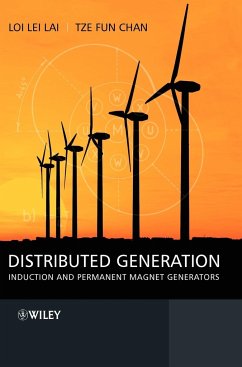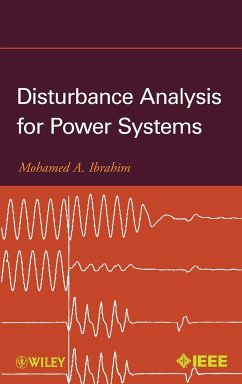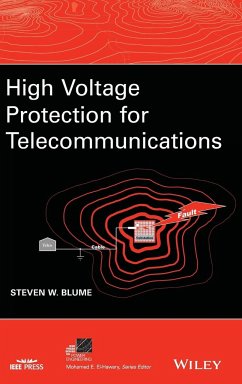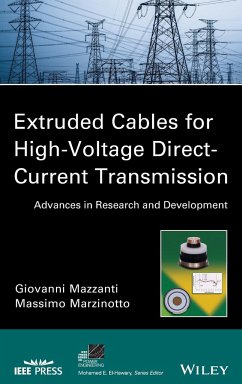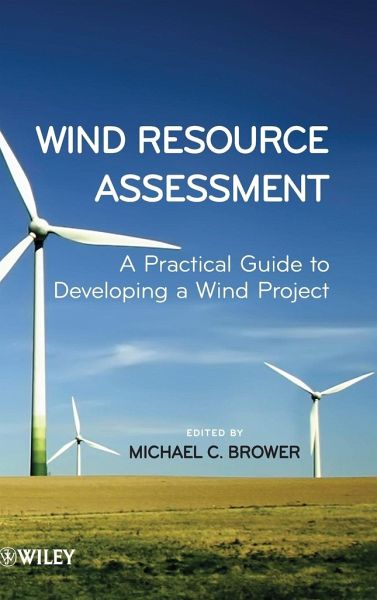
Wind Resource Assessment
A Practical Guide to Developing a Wind Project
Versandkostenfrei!
Versandfertig in über 4 Wochen
97,99 €
inkl. MwSt.
Weitere Ausgaben:

PAYBACK Punkte
49 °P sammeln!
This is a practical, authoritative guide to the siting and installation of a high-quality wind energy project, providing analytical methods for assessing the wind resource. The first half of the book describes the several stages of carrying out a wind-monitoring campaign, addressing such topics as worker safety, data security, and advanced remote sensing technology. The second describes the assessment methods. It also addresses cutting-edge research topics such as possible impacts of climate change on wind resources and the strengths and weaknesses of various atmospheric modeling approaches. Professionals in industry--such as planners, managers, and installers--as well as resource analysts, federal program managers, and students will rely on this resource.





